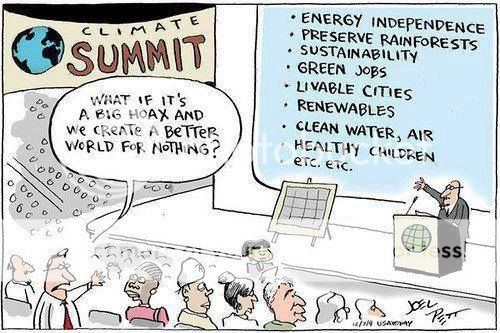Resistance is futile..........
"We believe that this project will help save at least eight to ten thousand dollars, off the energy costs on this building alone, so it's a very worthy effort and it's going to save the college money in the long run," said Robinson.
The work began Tuesday to power the energy, not by coal, but by the sun.
"It is a little ironic," said Robinson, "But you know, coal and solar and all the different energy sources work hand-in-hand. And, of course, coal is still king around here."
Robinson said the project was funded through an outside foundation. It cost thousands of dollars, but Tre Sexton, the owner of the company installing the panels, believes the result will pay for itself.
"I think everybody knows when we're talking about attractions like this - these high-volume, low-traffic municipal attractions - something has got to give, to keep their expenses down," said Sexton.
Sexton said, an average house could be run by 20 panels. That would cost somewhere in between $17,000 and $20,000, but would pay off within five to seven years.
"Of course, in the current economic times we're in, anyway to save money is always appreciated and helpful - especially when that's money putting back toward teaching our students," said Robinson.
Kentucky Coal Mining Museum converts to solar power
"We believe that this project will help save at least eight to ten thousand dollars, off the energy costs on this building alone, so it's a very worthy effort and it's going to save the college money in the long run," said Robinson.
The work began Tuesday to power the energy, not by coal, but by the sun.
"It is a little ironic," said Robinson, "But you know, coal and solar and all the different energy sources work hand-in-hand. And, of course, coal is still king around here."
Robinson said the project was funded through an outside foundation. It cost thousands of dollars, but Tre Sexton, the owner of the company installing the panels, believes the result will pay for itself.
"I think everybody knows when we're talking about attractions like this - these high-volume, low-traffic municipal attractions - something has got to give, to keep their expenses down," said Sexton.
Sexton said, an average house could be run by 20 panels. That would cost somewhere in between $17,000 and $20,000, but would pay off within five to seven years.
"Of course, in the current economic times we're in, anyway to save money is always appreciated and helpful - especially when that's money putting back toward teaching our students," said Robinson.
Kentucky Coal Mining Museum converts to solar power


